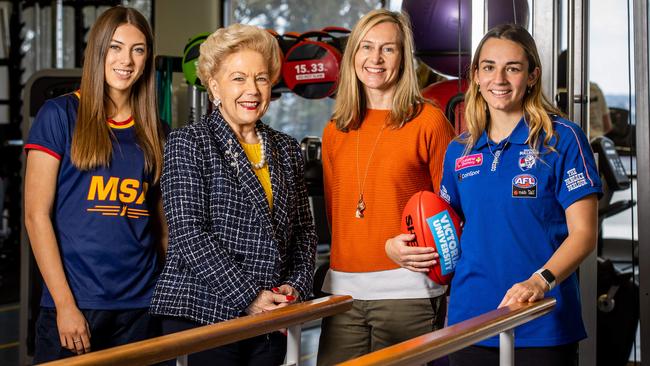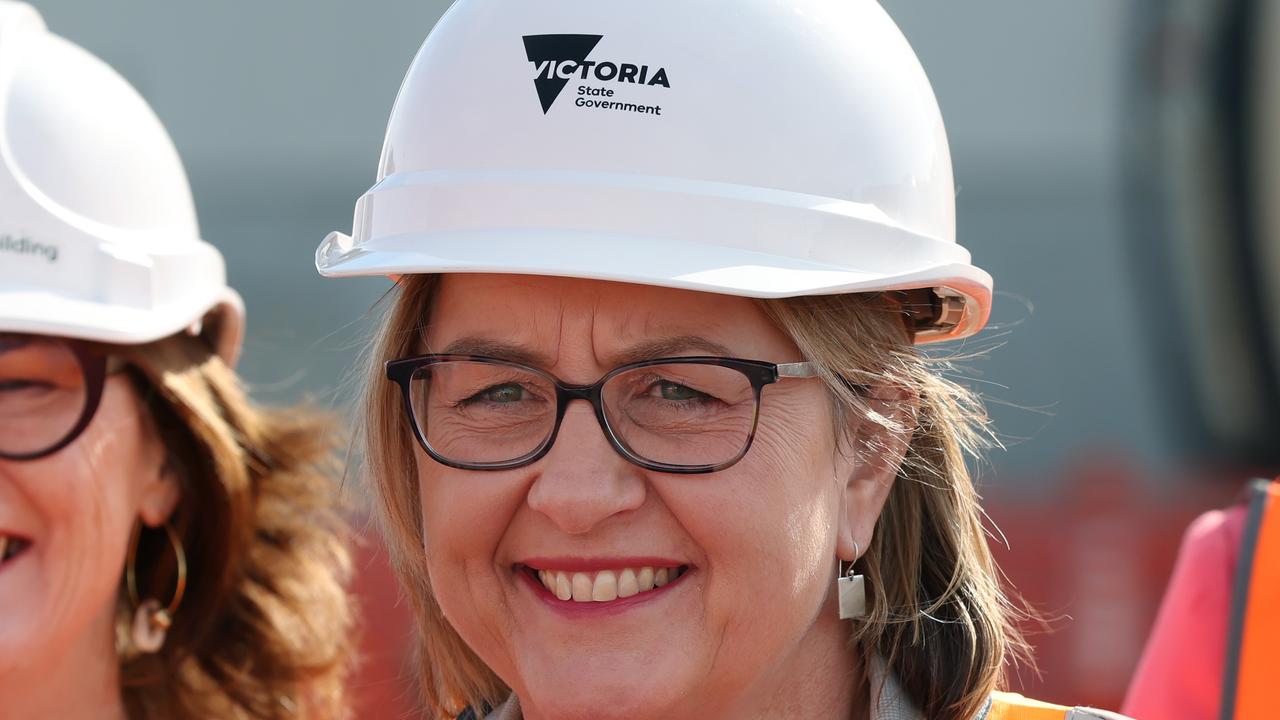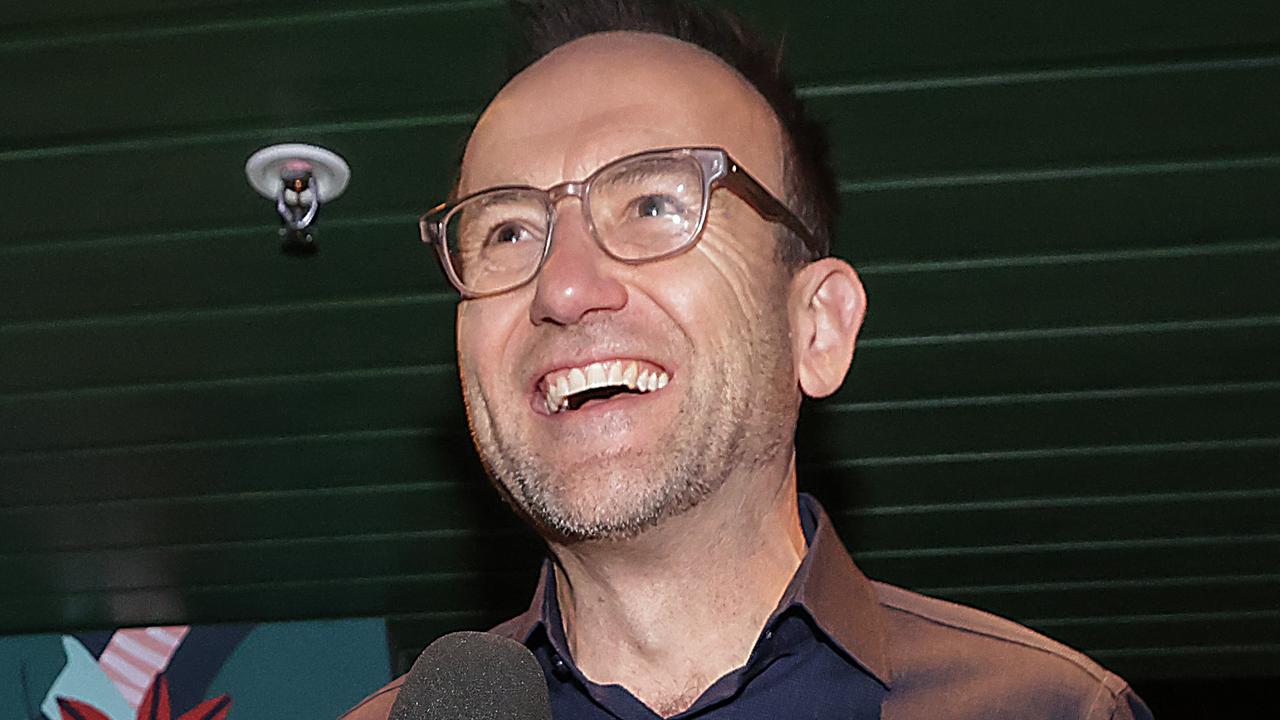Gender pay gap turning women off sport
Female athletes are paid more than $20,000 less than men, with the shocking gender pay gap turning girls away from careers in sport.

Victoria
Don't miss out on the headlines from Victoria. Followed categories will be added to My News.
Inadequate change rooms, gender pay gaps and lack of encouragement to pursue a sporting career are the biggest barriers that turn girls off playing sports, Victoria’s most prominent female sporting figures say.
Former vice president of the Western Bulldogs Football Club and philanthropist Susan Alberti said girls still being forced to share the same change rooms as boys or change in the toilets were outdated solutions to accommodating female participation in sport.
She said while governments universally recognised that improved female amenities were crucial to boosting the number of girls playing sport, more work needed to be done.
“We have almost consigned to a bygone era the idea that girls can just use the same change rooms as the boys, or even worse, get changed in the toilets,” she said.
“There is much more to do and I am very pleased to see that many government funding programs for sporting upgrades now mandate a basic level of female friendly facilities as part of the application process.”

Victoria University’s Women in Sport chair Clare Hanlon said ensuring gender equality was the norm in sporting organisations was crucial to increasing the number of girls in sport because there were still negative perceptions about gender pay gaps.
The average annual income for male athletes is $67,652 while women earn $42,900, recent figures from the Australian Bureau of Statistics reveal.
The push to drive up female sport participation comes after the Herald Sun revealed in March that Cricket, Swimming and Netball Victoria scrapped traditional, and often revealing or uncomfortable, uniforms to allow girls to wear more conservative or alternative coloured uniforms.
The state government’s This Girl Can initiative aims to encourage girls and women to take up some form of physical activity by funding local councils and community sports.
But Ms Alberti said girls still faced pressure to drop out of sport as they got older.
“There’s still resistance in some quarters to girls pursuing junior football at the expense of more traditional winter sports like netball,” she said.
“There can sometimes be peer group pressure which discourages girls from being ‘competitive’ or ‘athletic’ and an occasional old fashioned reluctance from some quarters who are unhappy with their daughters playing any sport at all, for cultural reasons.”
In a bid to encourage girls to explore careers in sport, Victoria University will on Thursday host a seminar led by Victorian women who have dominated the field, including Ms Alberti and inclusion and belonging consultant Rana Hussain, who has worked at Richmond Football Club and Cricket Australia.
A national survey by the Australian Sports Commission showed that two thirds of males participate in sport-related activities, compared to just over half of females.
Boys across all ages are also more likely to continue playing sports than girls as they get older.


